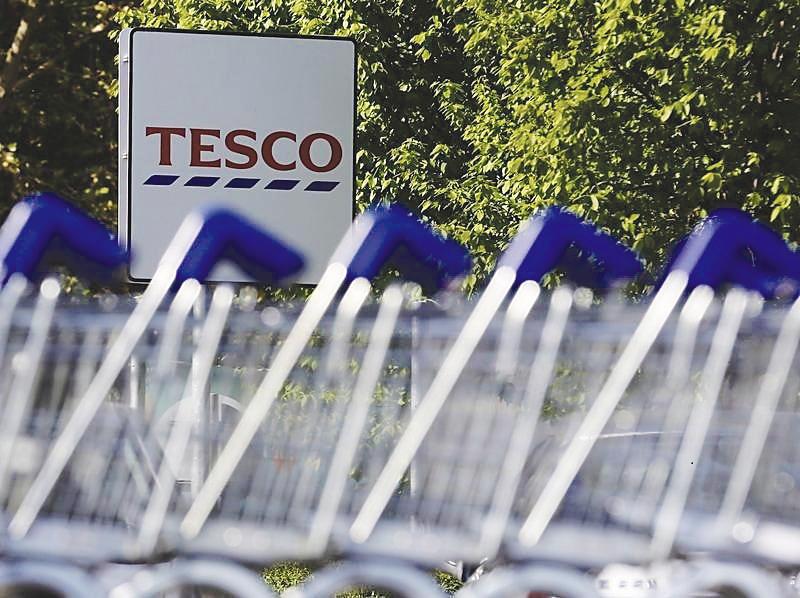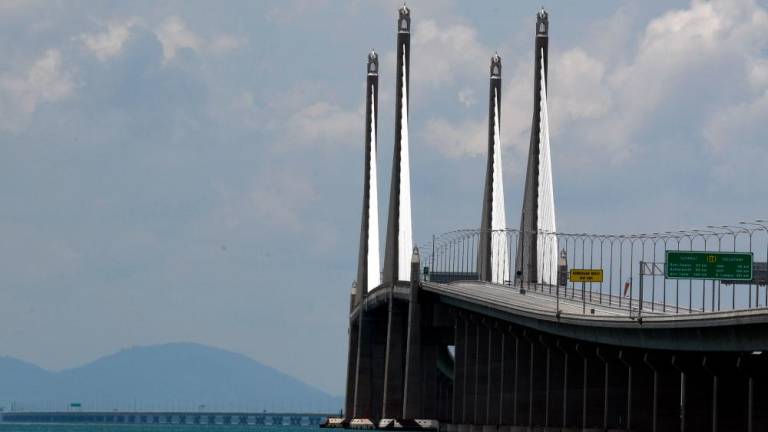PETALING JAYA: Hypermarket operator Tesco Stores (Malaysia) Bhd (Tesco Malaysia) is not expected to exit the country anytime soon, opined independent retail research firm Retail Group Malaysia managing director Tan Hai Hsin, as securing a buyer is not easy at all.
“However, this has happened before for Carrefour and Makro Cash & Carry many years ago. In the event it (Tesco sells the Malaysian business) takes place, I do not expect it to have major or negative impact on the Malaysian retail industry based on previous experiences from Carrefour and Makro,” he told SunBiz.
Recall that in 2012, Japanese retailer Aeon Co acquired Carrefour’s operations in Malaysia for US$276 million. In 2007, Tesco took over Dutch company Makro Cash & Carry stores in Malaysia for an undisclosed sum.
Earlier this week, Tesco confirmed that it has started a review of strategic options for its businesses in Thailand and Malaysia, including an evaluation of a possible sale of these businesses. The evaluation of strategic options is at an early stage and no decisions concerning the future of Tesco Thailand or Malaysia have been taken.
Tan said many Malaysians have overreacted to the news.
On the closures of numerous hypermarkets and supermarkets in Malaysia, he said many blame the rapid rise of internet shopping and many believe the future of grocery shopping will be done online, but this is far from the truth.
“Supermarket and hypermarket operators in Malaysia are going through a consolidation stage. They expanded aggressively throughout the country during the 2000s. With the current economic condition that has not improved, it is not a surprise for them to close underperforming stores,” explained Tan.
He said the closure of brick-and-mortar grocery store is not expected to worsen in 2020, unless a recession takes place.
Giant was recently in the media spotlight for its store closures. In the last few years, Aeon, Aeon Big, MaxValu, Jaya Grocer, Econsave, Ben’s Independent Grocer and The Store have closed underperforming outlets as well.
“Malaysian consumers are not replacing hypermarkets with mini-markets such as 99 Speedmart and KK Super Mart. Based on our observations and the feedback we received, consumers are indeed shopping less in hypermarkets and buying more often in mini-markets.”
The hypermarket format (80,000 sq ft and more) was introduced to Malaysians in 1994 with the arrival of France’s Carrefour. This format became popular among Malaysian families because it was able to offer a wide variety of goods under one roof. Malaysians enjoyed hours of shopping at a leisurely pace in this super-large grocery store. It was a family outing, especially on weekends.
“In recent years, we notice many Malaysian families are getting tired of spending hours in hypermarkets for their basic necessities. They are still visiting hypermarkets for purchases in large quantity, but they are not going as often as 10 years ago. For purchases in small quantity, they are shifting to supermarkets and mini-markets. In addition, these small-format grocery stores are now able to offer competitive prices compared with hyper-markets.”
Tan said this change in consumers’ buying pattern is making major hypermarket operators (such as Tesco, Giant and Aeon Big) open new grocery stores in smaller sizes. Smaller size is one of the winning formulas for Jaya Grocer, Village Grocer, Ben’s Independent Grocer, HeroMarket, Urbanfresh and De Market.
He pointed out that Target, the eighth largest retailer in the US, has opened more than 160 small-format stores in US downtown areas, urban neighbourhoods and college campuses. A traditional Target store is about 135,000 sq ft. A small-format Target store is 50,000 sq ft or less.













